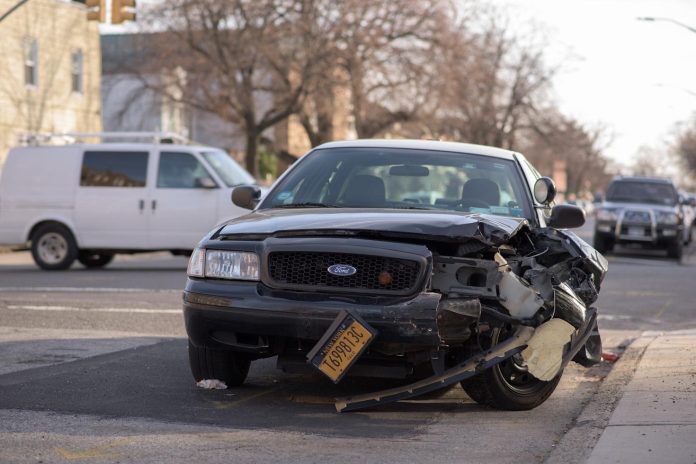Have you or someone you know been involved in a car accident recently? It can be a confusing time, trying to figure out what comes next, especially when it comes to car accident lawsuits.
This article will break down the essentials you need to understand about fault, and how it can affect your case, in a way that’s easy to read and simple to comprehend. We’re here to provide the information you need, making this tough time a little easier to manage.
Types of Fault Systems
There are two main types of fault systems that determine how liability is assigned in car accidents: “no-fault” and “at-fault”.
No-Fault
In states with a no-fault system, each driver’s insurance company is responsible for covering their own damages and injuries, regardless of who caused the accident. This system aims to reduce lawsuits and speed up the process of compensating victims.
At-Fault
In states with an at-fault system, also known as a “tort” system, the driver who is found to be at fault for the accident is responsible for covering all damages and injuries. This can include both economic damages (such as medical bills and lost wages) and non-economic damages (such as pain and suffering).
Evidence for Determining Fault
Determining fault in car accident cases relies heavily on evidence collected from the scene. This includes photos of the accident, eyewitness accounts, and police reports.
Each piece of evidence plays a crucial role in establishing how fault is determined in car accident cases. Traffic camera footage and statements from experts may also be used to support a claim.
Factors Considered in Determining Fault
While the evidence will play a significant role in determining fault, there are also certain factors that may be taken into consideration. These include:
Violation of Traffic Laws
If someone breaks traffic rules during the time of the accident, it can strongly influence who is at fault. For example, if a driver was speeding, ran a red light, or was driving under the influence, these violations contribute to the determination of fault. Authorities use these violations to assess responsibility and guide the outcome of the accident lawsuit.
Negligence
Negligence happens when a driver fails to take reasonable care while driving, leading to an accident. This could include not paying attention to the road, failing to follow traffic signs, or not yielding the right of way. Proving negligence is key in at-fault states, as it directly impacts the outcome of the lawsuit and compensation.
Road Conditions
Sometimes, road conditions can play a big part in car accidents. Poorly maintained roads or inclement weather conditions, like ice or heavy rain, can lead to accidents. It’s important to take note of these conditions as they can affect both the outcome of the lawsuit and the determination of fault.
Navigating the Maze of Car Accident Lawsuits
Navigating car accident lawsuits might seem daunting, but understanding fault systems and the evidence needed helps make the process clearer. Remember, the key is to collect as much information as possible and understand the laws in your state.
Stay informed and seek professional advice to guide you through this challenging time. With patience and the right support, you can manage your way through.
Did you learn something new from this article? If so, be sure to check out our blog for more educational content.


